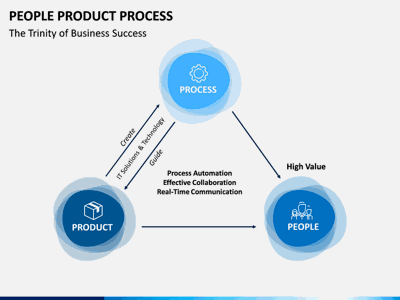
The success of digital marketing is a fast-paced environment with content all around it; however, not all content is created equally. Value-driven and relatable content are two of the most effective forms of content. The knowledge of the way people consume this kind of content can enable marketers and creators to greatly enhance the quality of engagement on platforms.
What is Value-Driven Content?
Value-based content provides valuable information, solutions, or ideas that are of benefit to the audience. This kind of content is either educational, informative, or actionable. Some of them are how-to manuals, tutorials, case studies, and professional tips. When value-directed material is taken in by people, they are usually in a problem-solving state of mind. They are looking to get answers, research solutions, or attempting to expand their knowledge.
This is then processed logically in the brain, and it usually activates the prefrontal cortex, which is the part of the brain that deals with reasoning and decision-making. This implies that the type of content that is value-based is ideal in creating authority and trust. It places the creator as an educational professional and keeps its audience coming back to it. But, though it draws the attention of individuals in need of answers, it might not necessarily stimulate the feeling, which can be done quite effectively by a piece of relatable content.
What is Relatable Content?
Relatable content is a direct appeal to the audience and their feelings, experiences, and struggles. This content may not be the direct solution, but it resembles the reality of the viewer and makes him or her feel seen and understood. Examples are commonplace struggles, funny memes that share in the experiences, or something that communicates to cultural or generational moments.
The limbic system is the portion of the brain that controls emotion and memory, which people use to process relatable content. This kind of content enhances emotional attachment and establishes a feeling of community. It fosters sharing, comments, and likes, not because it offers a solution, but it makes people feel that they are not alone.
The Key Differences in Processing
Understanding how people process these content types helps creators use them strategically:
Type | Processing Style | Triggers | Ideal Use Case |
Value-Driven | Logical / Rational | Curiosity, Problem-solving | Educating, building trust, nurturing leads |
Relatable | Emotional / Social | Empathy, Humor, Identity | Sparking conversation, increasing shares |
They are both effective, although they have different purposes. The combination of them forms a more balanced content strategy that would be able to enhance the quality of engagement.
How to Improve Engagement Quality Using Both
To improve engagement quality, content marketers need to blend value and relatability. Here’s how:
Start with the Audience
Know the pain points and emotional hot buttons of your audience. What do they have a problem with? What makes them laugh or cry? Being aware of this will help you customize your content mix effectively.
Create a Content Balance
Switch between those that are informative and educational value-driven and those that are emotionally relatable. As an example, a post on a blog with tips on how to be more productive can be preceded by a meme about work-from-home burnout relatable.
Use Storytelling in Value-Driven Content
Bring about emotion in the learning materials by including real-world examples, case studies, or personal examples. This assists in filling the gap between logic and emotion, which makes it simpler to enhance the degree of engagement.
Repurpose Strategically
Transform a value-based blog post into a familiar Instagram carousel or TikTok video. Or turn a relatable tweet into a more nuanced blog post with tips to be applied.
Individuals interpret content depending on their needs at a particular time; either they desire solutions or just want to feel that they are being heard. Value-oriented content can appeal to the mind of rationality, whereas relatable content can help build emotional attachment. A combination of the two is not just attention-grabbing, but, in the long term, better engagement is achieved with the strategy of content as well.
In a digital, noisy world, creating content is not enough; you must make content that sticks. And that occurs by hitting the right balance between being valuable and relatable.


(0) comments
We welcome your comments
Log In
Post a comment as Guest
Keep it Clean. Please avoid obscene, vulgar, lewd, racist or sexually-oriented language.
PLEASE TURN OFF YOUR CAPS LOCK.
Don't Threaten. Threats of harming another person will not be tolerated.
Be Truthful. Don't knowingly lie about anyone or anything.
Be Nice. No racism, sexism or any sort of -ism that is degrading to another person.
Be Proactive. Use the 'Report' link on each comment to let us know of abusive posts.
Share with Us. We'd love to hear eyewitness accounts, the history behind an article.